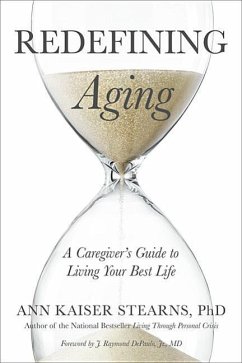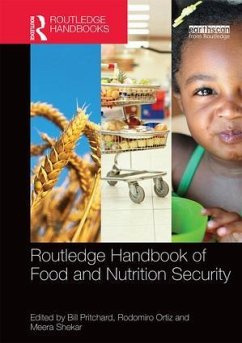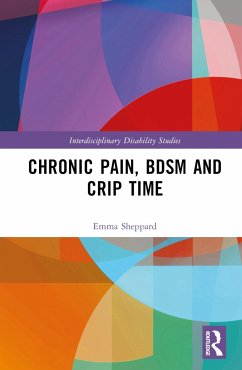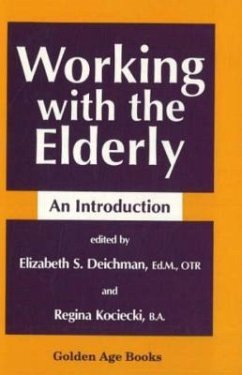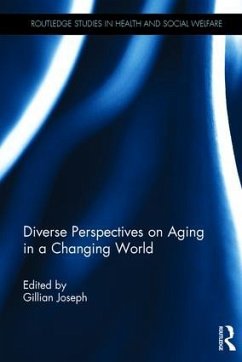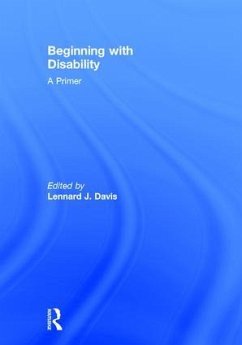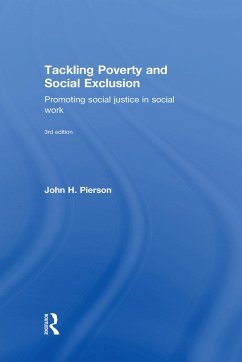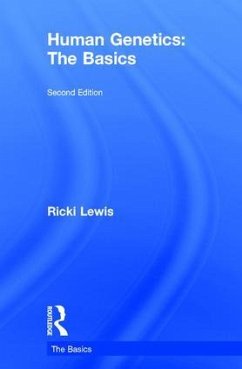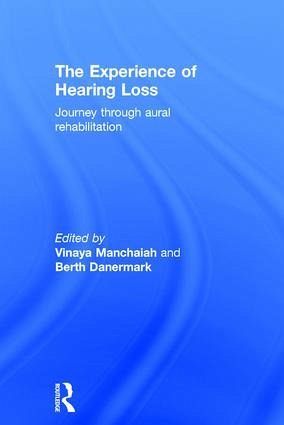
The Experience of Hearing Loss
Journey Through Aural Rehabilitation
Herausgeber: Manchaiah, Vinaya; Danermark, Berth
Versandkostenfrei!
Versandfertig in über 4 Wochen
178,99 €
inkl. MwSt.

PAYBACK Punkte
89 °P sammeln!
Hearing loss is a common but often poorly recognised condition which can have multiple negative impacts. Based on a model of patient-centered audiological rehabilitation, this textbook explains why it is important to understand both patients' own experiences, and those of their communication partners, over time. It explores the physical, mental, emotional and social consequences of hearing loss from initial onset to rehabilitation, illuminated by first-hand patient accounts. Aiming to promote the inclusion of the patient and close relatives in the process of rehabilitation, it makes an importa...
Hearing loss is a common but often poorly recognised condition which can have multiple negative impacts. Based on a model of patient-centered audiological rehabilitation, this textbook explains why it is important to understand both patients' own experiences, and those of their communication partners, over time. It explores the physical, mental, emotional and social consequences of hearing loss from initial onset to rehabilitation, illuminated by first-hand patient accounts. Aiming to promote the inclusion of the patient and close relatives in the process of rehabilitation, it makes an important contribution to evidence-based practice in the field of audiology.



